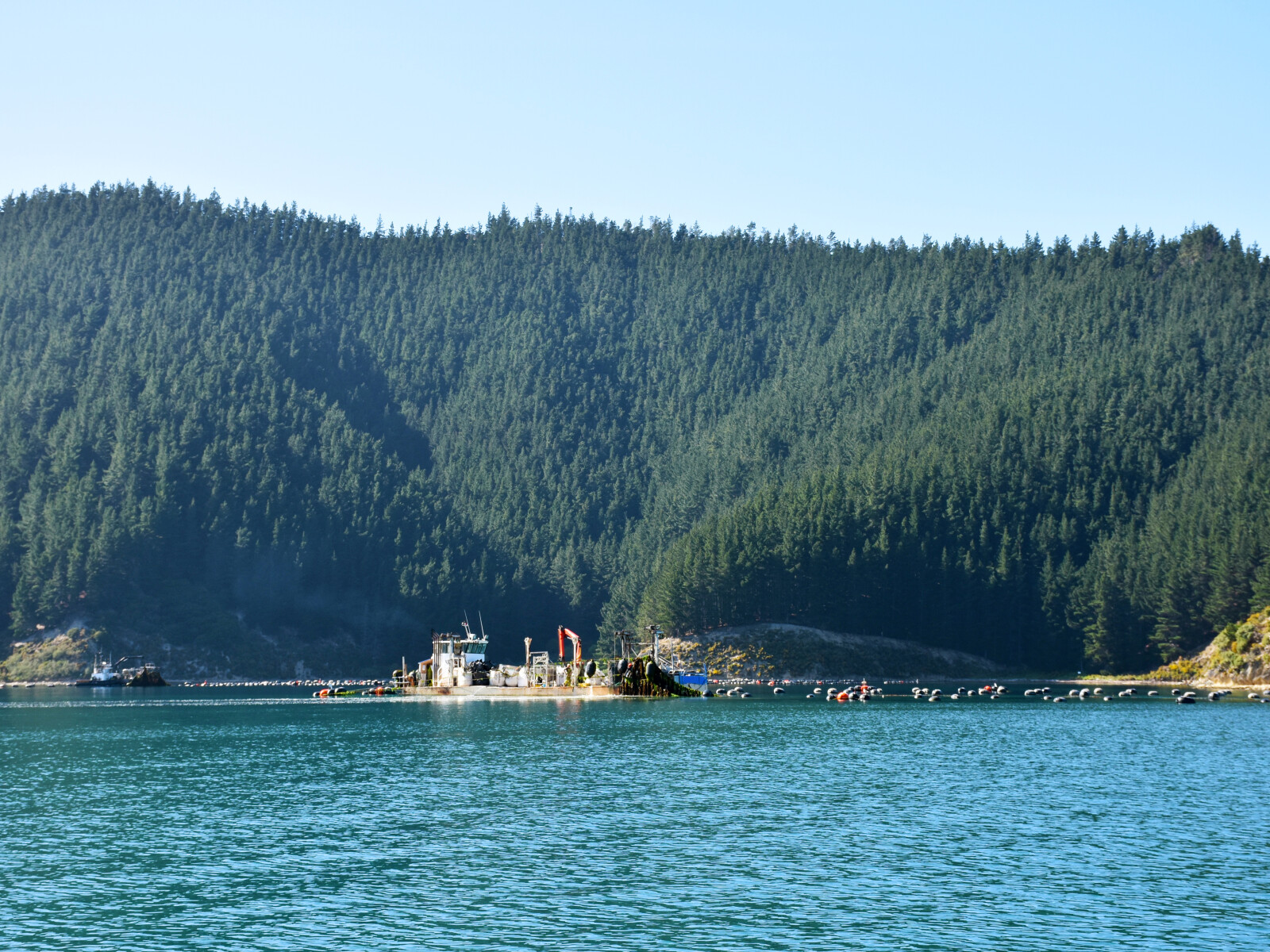This bay is named after the native grass, toetoe, Cortaderia spp. The grass has long leaves with a fine edge and saw-like teeth. Its flowers are white, feathery, arching plumes. Toetoe grows on sand dunes and cliff faces, along streams and swamp edges.
The stems of the toetoe were used by Māori for tukutuku panels, sections of wall panel containing ornamental lattice-work. Tuktuku panels are used between carvings around the walls of meeting houses. The grass was also used as roof thatch on whare or buildings.
The bay is also referred to as Bell Cove on nautical charts.
The bay was home to well-known Port Underwood residents Jerome Flood and May Ann Register (née Sherwood). The couple married in 1848.1
That same year saw the schooner, Bee, land the south island’s first merino sheep in the bay. The sheep were imported from Australia for cousins Charles Clifford and Frederick Weld. These sheep became the foundation of the Marlborough flock which grew to number more than one million.2
In 1871 the timber ketch Angelina broke apart in the bay under command of Captain Payne.3
1. James R Eyles, Place Names of Port Underwood: a Post European History (Picton, River Press, 2002), 51.
2. Joy Stephens, ‘Early Pastoralism in Marlborough’, the Prow, accessed, March 21, 2019, http://www.theprow.org.nz/enterprise/early-pastoralism-in-marlborough/#.XJLwLygzbIU .
3. Loreen Brehaut, the Bays of Port Underwood (Picton: Picton Historical Society, 2012), 15.





